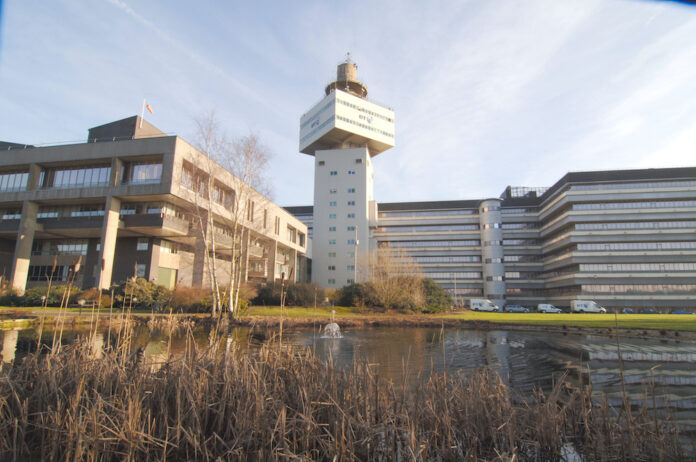Never mind the components what was the speed?
Telco and mobile operator BT (EE) and equipment maker Nokia have used MediaTek’s M80 5G modem to blend four carrier components in tests conducted on a live 5G Standalone (SA) network at BT’s Labs in the UK. Though they broke records for carrier aggregation, with four carrier components being combined, the collaborators have not released figures for the speed achieved.
The trial was conducted both indoors and outdoors. The first stage took place in BT’s Radio Lab in Bristol. The second stage took place outside, using a radio mast at BT’s Adastral Park in Suffolk. This ‘outside broadcast’ makes the four-carrier aggregation a European first, claims BT.
“This is the first time in Europe that a network operator has achieved 4CC on 5G SA using commercial spectrum [and] the first time it has been achieved outside of a lab in Europe,” said a BT announcement.
Carrier Aggregation (CA) is a common technique used to boost 4G networks and the same trick is merely being applied to 5G networks, although confusingly the telco now refers to carrier components (CC) in this context. The technique involves blending the content of four different sections of the broadcasting spectrum and making them effectively one entity. In this case it could allow operators to build a completely pure 5G Standalone (SA) network without needing to rely on existing 4G networks.
Nokia has previously run a 5G SA download speed at 2.94 Gbps aggregating three carrier components (CCs): namely some 5G FDD spectrum (30MHz from the 700MHz / n28 band) and some 5G TDD spectrum (100 + 60MHz from the 2.6GHz / n41 band). This latest development used four CC across four low-band and mid-band radio channels, namely the 2.1GHz, 2.6GHz, 3.4GHz and 3.6 GHz frequencies. However, this time the speed figures were not released. The speed is not the point at this stage, according to BT.
“5G Standalone, coupled with edge compute, will [help us] develop new services,” said Greg McCall, Managing Director of BT’s Service Platforms. “This technology showcases what’s possible for devices in the future. Carrier aggregation is an important part of customer experience.”
“This trial is another example of what our companies can achieve together,” said Mark Atkinson, Nokia’s SVP of Radio Access Networks. It will take time to fully deploy 5G SA networks and the UK rollout plan for them is still a little unclear, said ISP Review. Expect to see it inside the biggest cities first.


